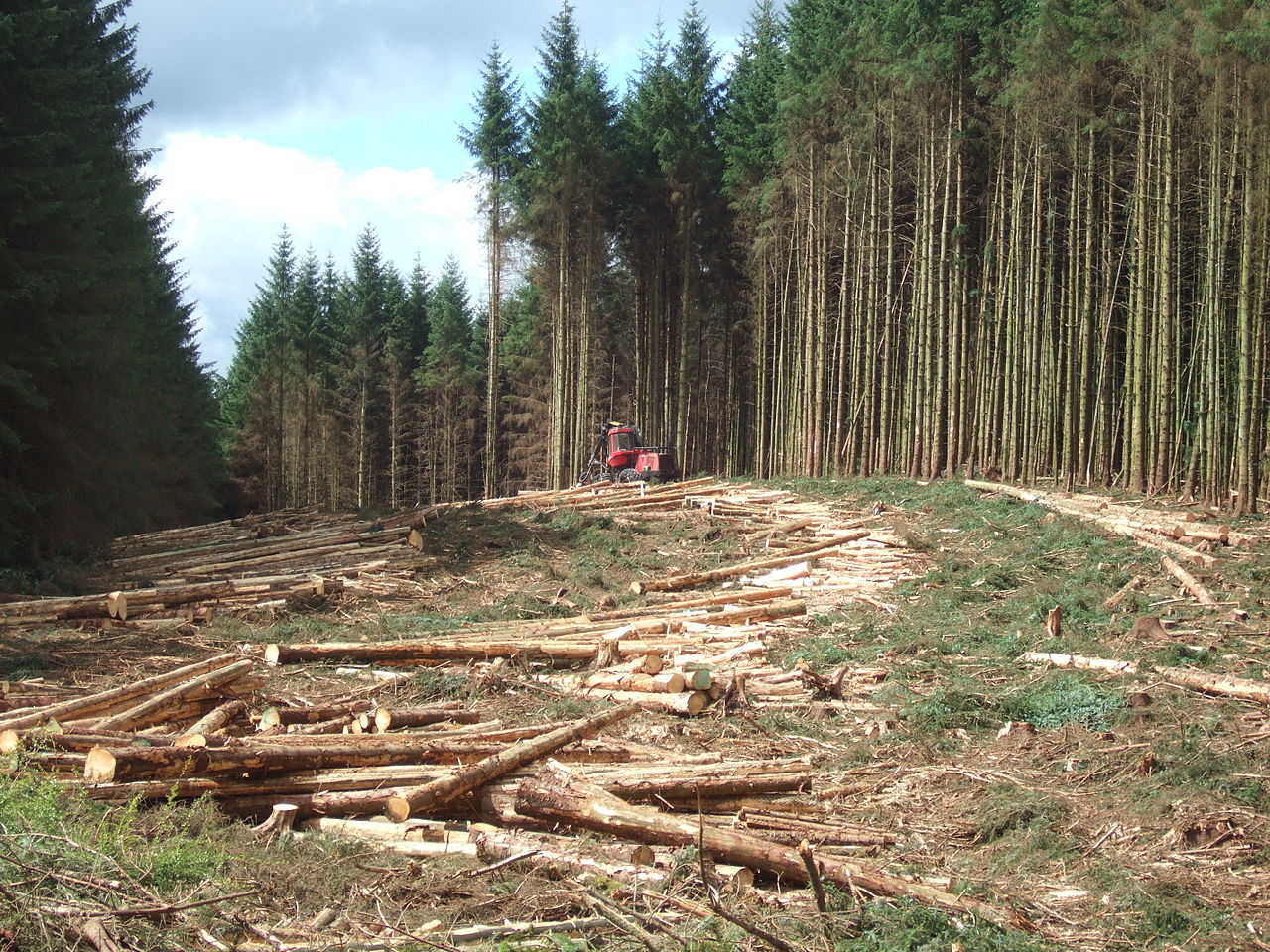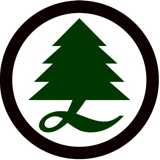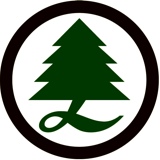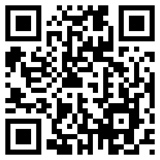Title Page
-
Site conducted
-
Conducted on
-
Prepared by
-
Location
Untitled Page
-
Number of employees
-
Number of trained First Aiders:
-
Number of trained Fire Team Members:
-
Number of trained Truck Drivers:
-
Number of trained Hi-Lead/Bell Drivers:
-
Number of trained Forwarder/Harvester Drivers:
-
Number of trained Tractor Drivers:
-
Disclaimer
-
The assessors believe the information contained within this 2nd Party Safety Audit report to be correct at the time of printing. The assessors do not accept responsibility for any consequences arising from the use of the information herein. The report is based on matters, observed or came to the attention of the assessors during the day of the audit and should not be relied upon as an exhaustive record of all possible risks, or hazards that may exist or potential improvements that can be made
-
Confidentiality Statement
-
In order to maintain the integrity and credibility of the Safety Audit processes and to protect the parties involved, it is understood that the Auditor will not divulge to unauthorized persons any information obtained during this 2nd Party Safety Audit unless legally obligated to do so
-
Approved dockets on site
-
Illumination adequate as determined by survey. (Rotating lights on top of mobile harvesting equipment) Vehicle/Machine lights on during operation
-
Ventilation adequate as determined by survey; Labour carrier dust. (Chainsaw workshops. Battery rooms, paint stores, spray painting and welding areas.)
-
Toilets and ablution facilities meet minimum standards. a) Infield(Spades, Toilet paper)
-
Sufficient waste plastic bags /containers provided and managed
-
No littering observed in Compartment
-
Waste Oil and Chemicals handling.(Oil or Chemical spillage procedure available and implemented)
-
Environmental risk control(Risk Assessment and/or impacts and aspects identification. SMZ and Riparian areas (Interface between land (Trees, Natural plants) and a river or stream) well managed
-
Demarcation/Colour coding/Sign posted. Harvesting Safety area (Triangular sign with "Tree felling ahead" 200m away from task on access roads. Smoking area and sign 25m from rest or Fuel area. Fuel area non flame sign, Fire Extinguisher sign, First Aid Sign, Food/Water sign
-
Refueling of chainsaws (correct refueling procedure followed and combi cans in proper condition)
-
Stacking and storage correctly as per standard. (Harvesting dockets, Horizontal or Vertical to the road, Stack SMZ, Riparian zones)(Log stacks minimum1m from the road) (Debris minimum 2m from the road)
-
Free road surface distance between logs minimum of 5m
-
Logs/debris don't obstruct road drains
-
Appointment Letters for Supervisor, She Reps and First Aiders
-
Proper control by Supervisor/SHE Rep on Safety, Health and Environmental requirements
-
Risks associated with hazardous moving machinery/equipment parts identified, minimized and managed.(Including rentals from suppliers)
-
Lockout procedure cover all sources of energy. (Electrical, Pneumatical, Hydraulic, Vehicles, etc.)
-
All above-mentioned equipment can be locked out at point of control
-
Correct procedure followed by passengers to enter and exit labor carriers (three-point contact)
-
All operators of machines specifically trained by an accredited institution to operate a particular type of machine. (Skidder, Bell, Harvester, Tractor, Forwarder, Hi-Lead, chainsaw etc.)
-
All Labour Carriers in use roadworthy, checklist complete license disc & valid
-
All Labour Carriers passengers and goods separated
-
All Labour Carriers maximum number of passengers displayed. Enclosed canopy and seatbelts functional
-
If Open Labour Carrier: Masks available and issued
-
All trucks & LDVS Safety equipment (Fire Extinguishers, Stop blocks, Tri-angle) available and in good condition
-
Drivers Safety Harnesses, Safety Belts; Harvesting Tree Climbing belt and correct P.P.E. available
-
Oil and chemical containers correctly labeled and stored according to the risk. (MSDS available)
-
Employees especially Chainsaw operators must be trained on MSDS for Oil & Petrol. Attendance list on training provided must be made available
-
Occupational Hygiene surveys conducted, report and action lists available
-
Are all hand tools in good condition and home made tools approved by Mechanical Engineer
-
Hot work permits available and properly complete where hot work is performed
-
Chainsaw operators trained and certificates valid
-
Chainsaw operators pre-inspection checklist available and complete
-
Chainsaw chain adequate slack
-
Personal Protective Equipment survey conducted. Equipment in a good condition and the right type for the task issued
-
Fire and Emergency equipment applicable to the risk
-
Fire and Emergency equipment strategically located in relation to the risk
-
Fire Equipment serviced annually
-
Fire Equipment serviced by a trained SAQCC technician and service provider certified by SABS
-
Noise levels considered when issuing Hearing Protection
-
Compliance on storage of flammable liquids(drip trays)- can it store 110% spill of the content stored in it
-
All Chainsaw operators made provision for escape routes
-
Emergency plan covering all calculated emergencies available and tested
-
All employees trained on site specific emergency procedures and equipment used during emergencies
-
Responsible person to co-ordinate emergencies appointed
-
All reportable injuries/occupational illnesses/diseases recorded on official documents(Register, Annexure 1, COID) as required by legislation
-
Designated investigators trained and appointed to investigate all SHE related incidents
-
SHE Reps and York Management reps included in investigations
-
Root causes identified when investigating SHE Incidents
-
SHE Incident recorded at SHE Committee meetings. (Causes and preventative actions)
-
Registered with Compensation Commissioner.(Letter of Good Standing)
-
Statistics kept for SHE performance indicators and discussed at SHE Meetings
-
All incidents recalled with employees(Safety Toolbox talks)
-
Decision making managers appointed by CEO, Owner, Director and trained
-
SHE Coordinator trained and appointed
-
SHE Reps nominated, elected, trained and appointed. Negotiations and consultations before designation of health and safety representatives 6.(1) The employer shall, in any workplace where there must be a health and safety representative in terms of section 17(1) of the Act and within four months after the commencement of these regulations or after commencing business, meet with the registered trade unions of that workplace in order to consult or bargain in good faith and conclude an agreement concerning the ― (a) nomination or election of health and safety representatives; (b) terms of office of health and safety representatives and the circumstances and the prescribed manner in which they may be removed as health and safety representatives; (c) manner in which vacancies are to be filled; (d) manner in which health and safety representatives must perform their functions in terms of the Act; and (e) facilities, training and assistance that must be provided to a health and safety representative in terms of section 18(3) of the Act;
-
verify nomination and Election procedures for SHE Reps
-
SHE Reps monthly inspections
-
SHE Reps attend SHE Committee meetings -must present recent SHE minutes from Vusi
-
SHE Committee established according to standards and needs of company. (Chairman appointed No. of SHE Reps in comparison no. of employer reps.)
-
Both Chairman & Section 16(2) responsible person have sign the minutes
-
Items on minutes actioned (Responsible person, complete date)
-
Safety Toolbox talks system in place and proof available
-
First Aid boxes available at office and all teams. Stock according to OHSA GSR 3 standard or risk
-
Each First Aid Box under control of qualified First Aider (Cable tied or Secured to be only used by train first aider)
-
First Aid Training according to requirements/risk
-
Applicable legislation (OHSA 85 of 1993 and COID Act 130/93) available on site
-
Proof of employees attended SHE Induction Training available on site
-
Proof of Pre-, Transfer or Exit Medicals available
-
Proof of medical surveillance and Biological monitoring appropriate to the risk available
-
Person job specifications available and use when selecting employees for tasks. Fitness certificates available
-
Risk Assessments conducted. High Risk Tasks identified and assessed
-
Job observations carried out at regular intervals determined by risk
-
All compliance requirements documented, accepted and verified
-
Are contractor employees are aware that there is a contractor employee grievance procedure and the process to report contractor grievances against the contract owner, which have not been resolved to York<br>
-
Stacking in or damage to SMZ (non commercial areas)<br>
-
2 litres of water available per employee & 40 Litres of water per team<br>
-
IS there any unsafe practises e.g Domino felling, flash cuts, safety distances adhered to,ect.
-
Certifications<br>
-
Name of Auditee
-
Photo Auditee
-
Signature of auditee
-
Name of Auditor
-
Signature of Auditor:
-
Picture of Supervisor
-
L.T.I.F.R. =
-
Audit Results: / = %
-
Seal =












